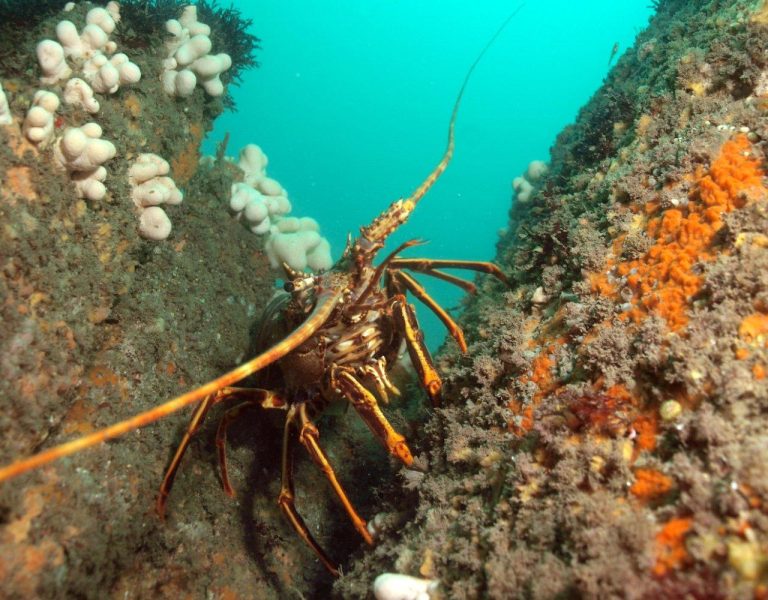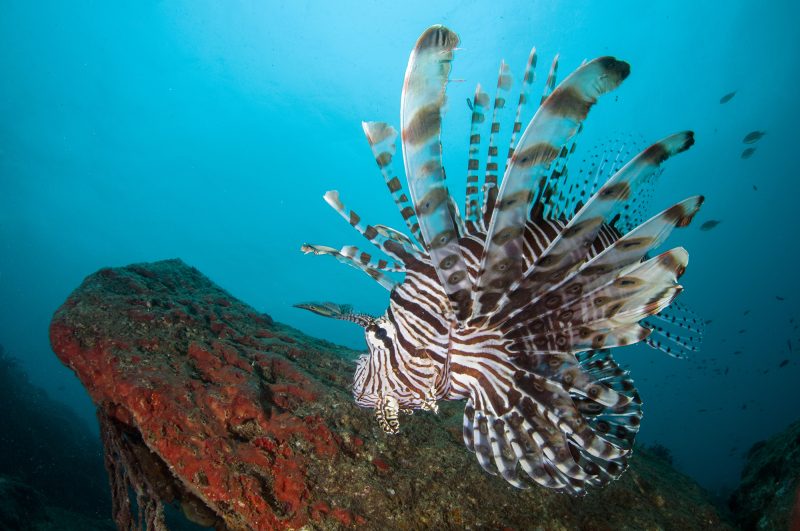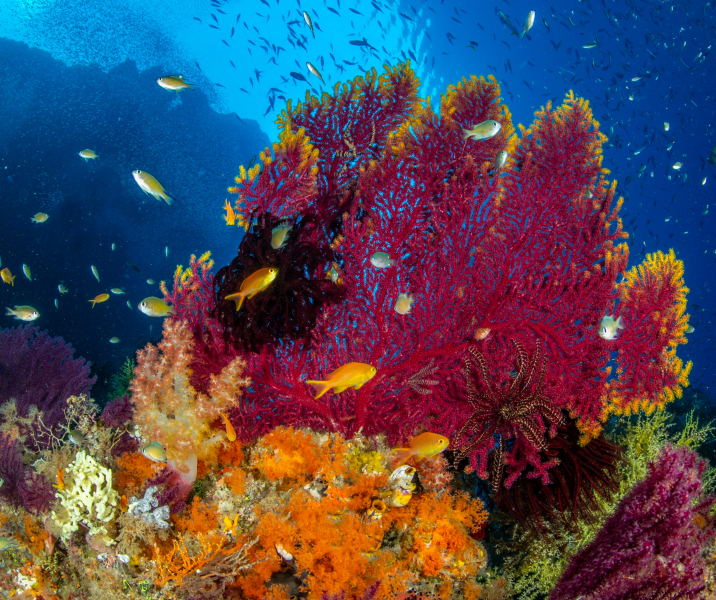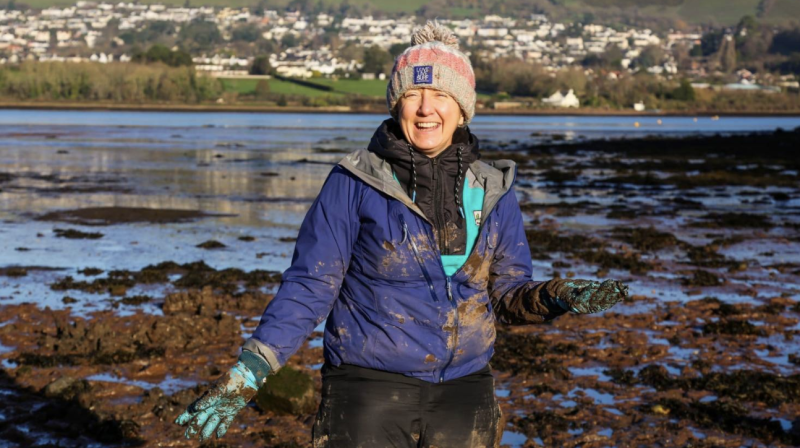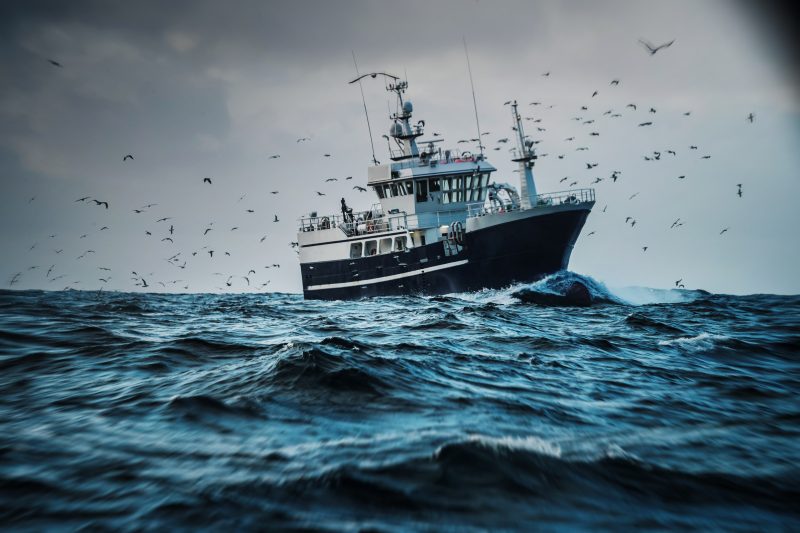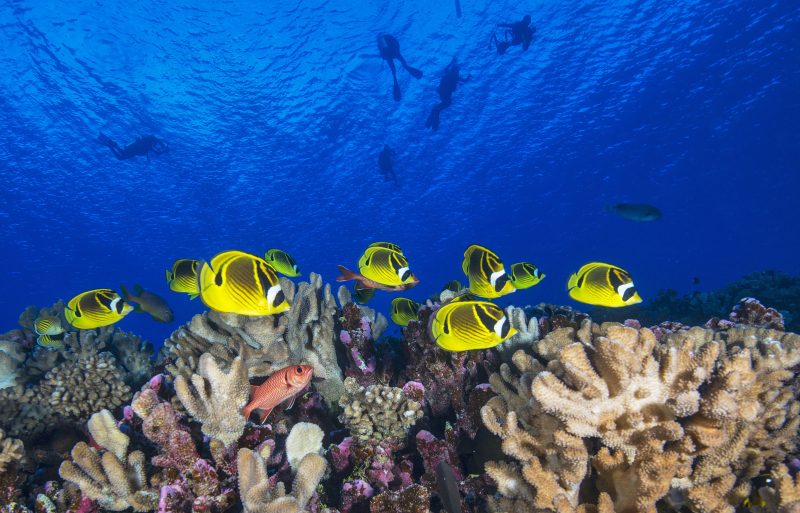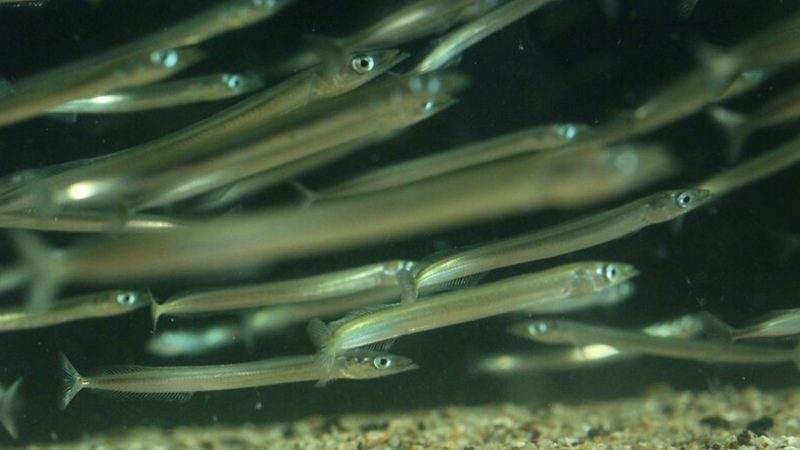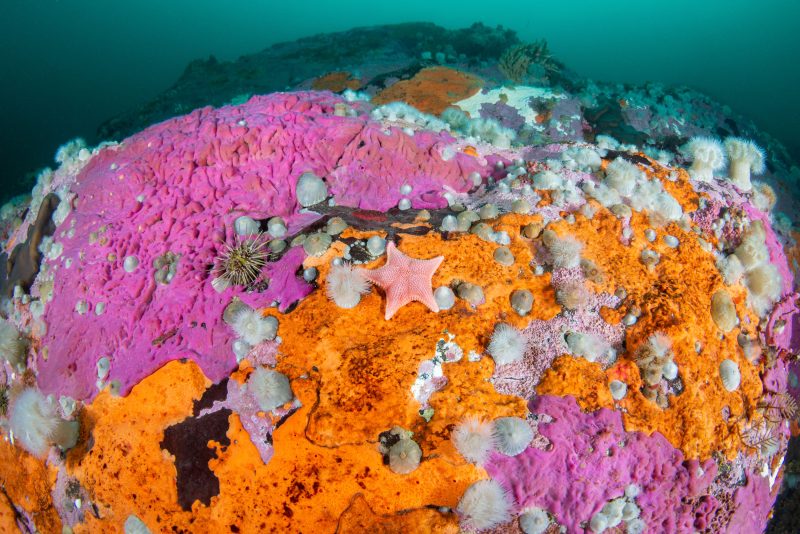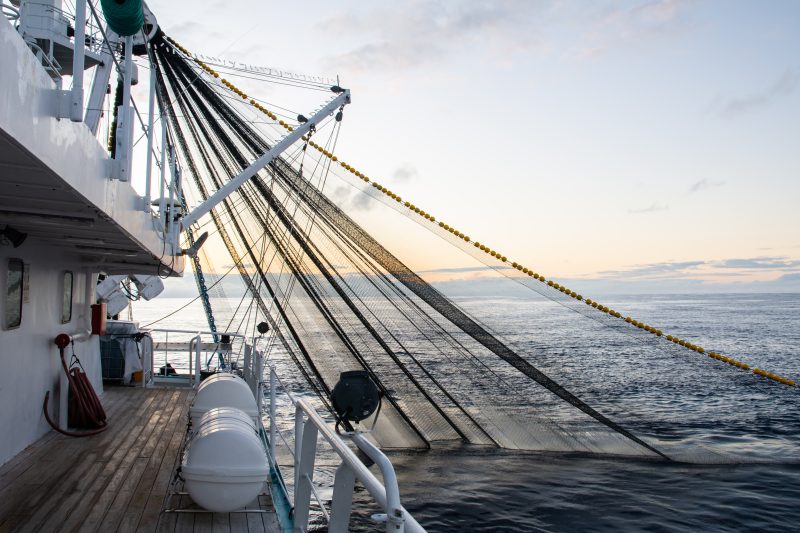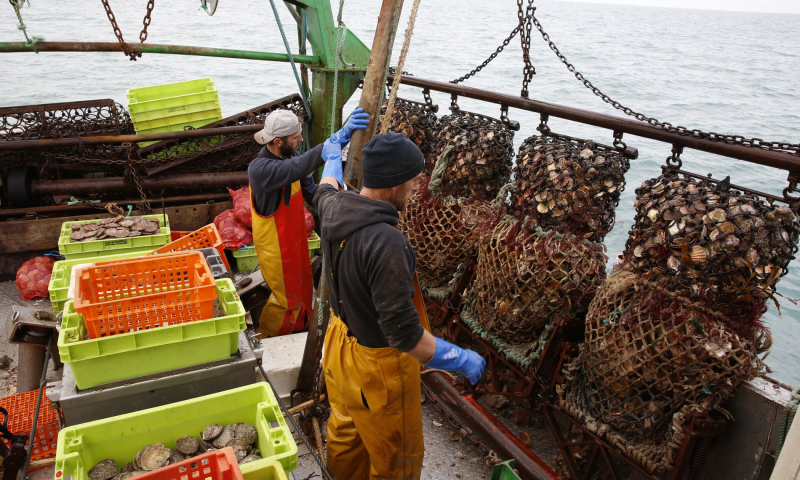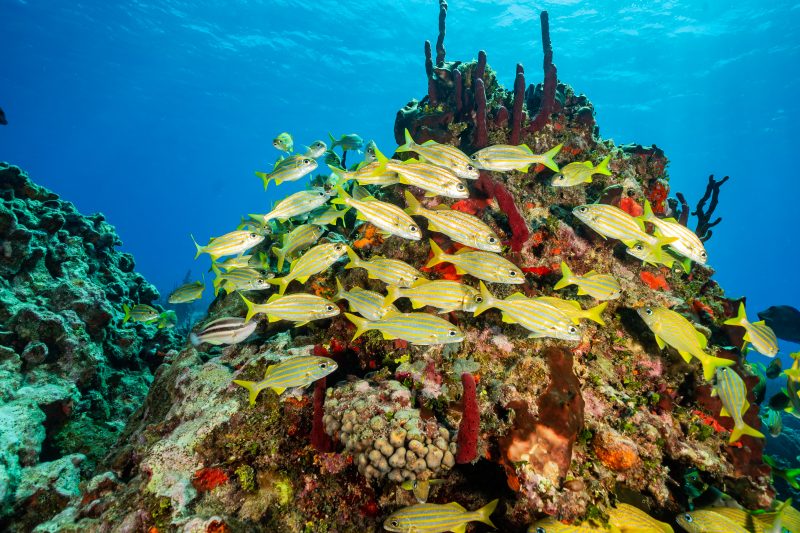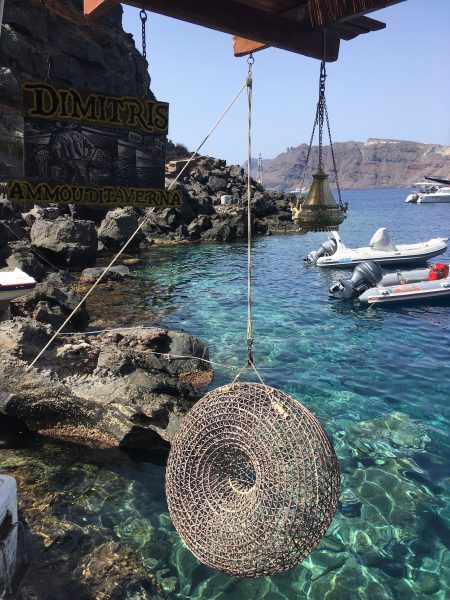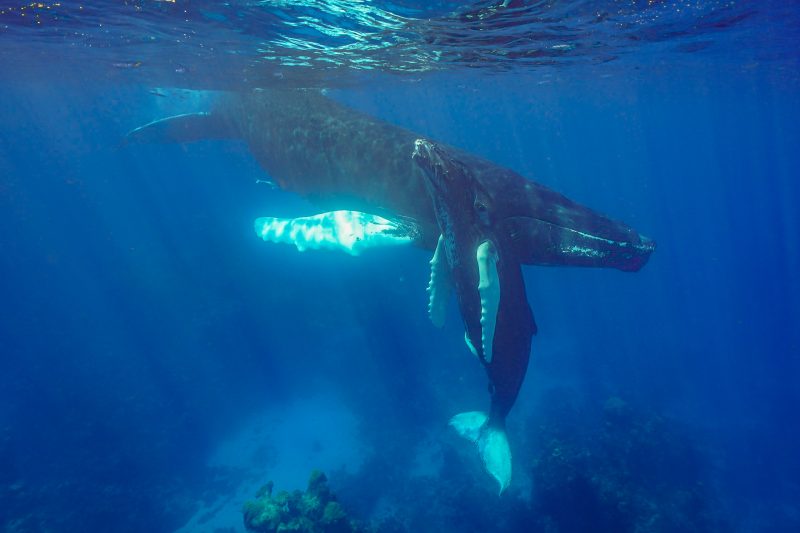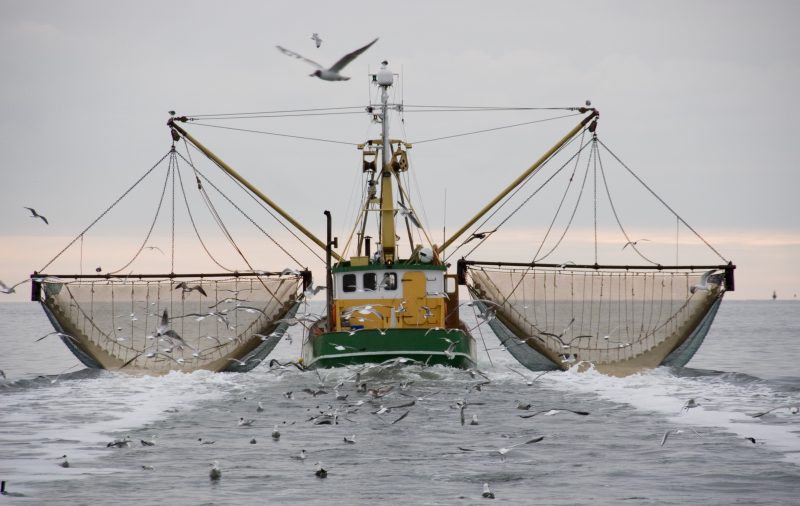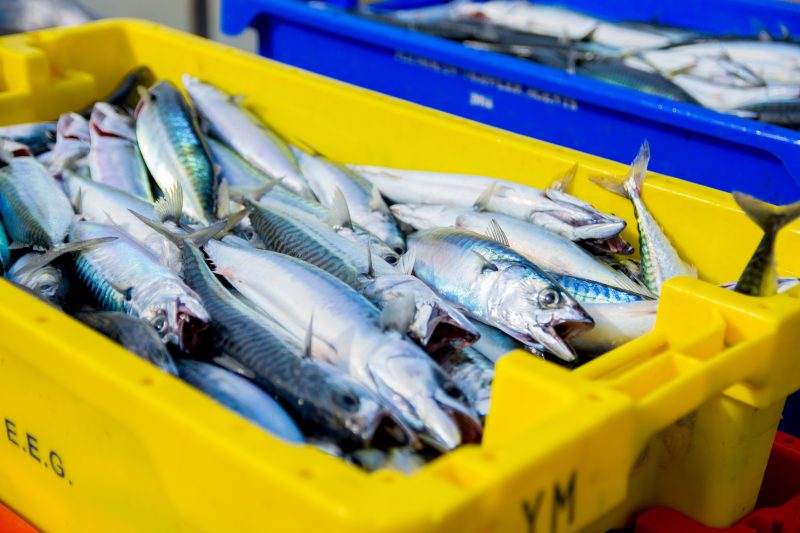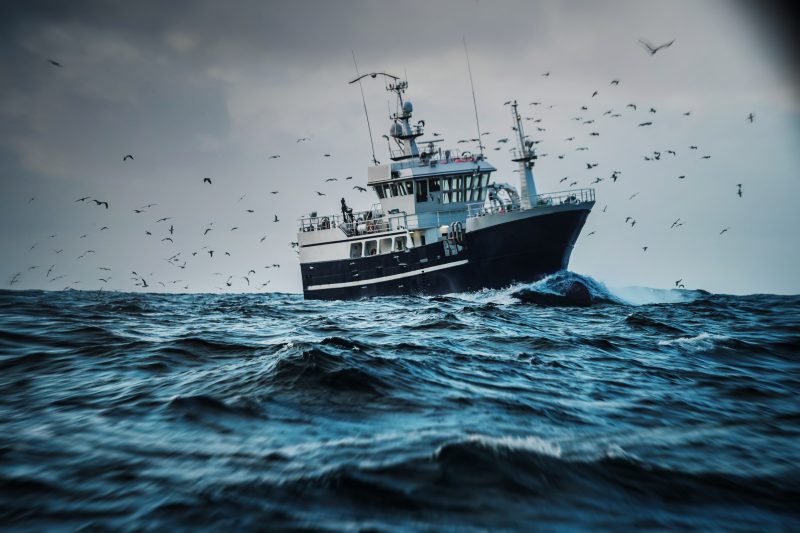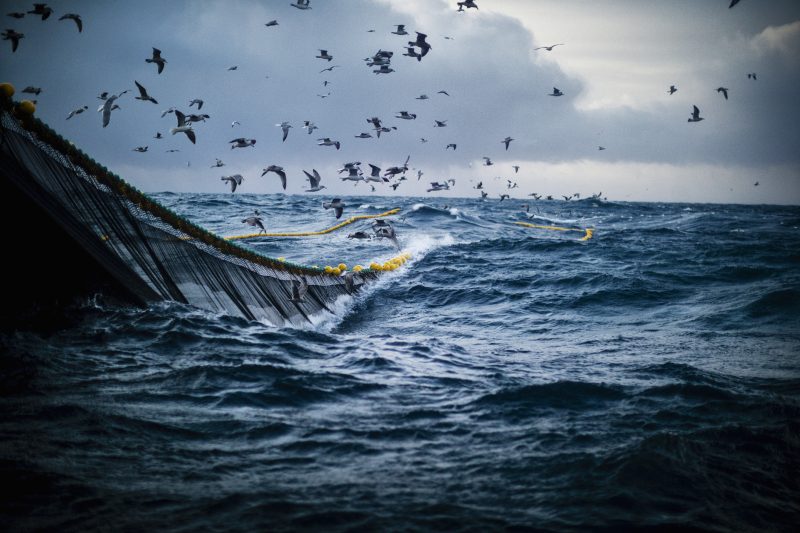Introduction
Three quarters of the UK is in the sea. Among the diversity of marine wildlife found within UK seas lies a reservoir of carbon stored in natural habitats like sand, mud, saltmarsh and seagrass. Unlike land-based sources of carbon such as forests and peatlands, marine carbon stores are less well understood. This report begins to fill in the gaps in our knowledge of where carbon can be found within the English North Sea, how much carbon is being stored and the capacity to lock carbon away in the future. This research paves the way for better understanding and protection of marine carbon and in doing so tackling the dual climate and biodiversity crises.
Read the report in full here.
Background
The world is facing a combined climate and biodiversity emergency, the result of the ongoing destruction of the environment, including natural carbon stores. Years of exploitation and over-consumption of natural resources coupled with undervaluing the roles and contributions of marine ecosystems has left our seas degraded. Specifically, when we damage or degrade carbon stores we impair their ability to absorb carbon and we release locked-away carbon back into the sea and atmosphere. These same actions are also damaging and destroying the very biodiversity that enables carbon to be locked away in natural systems in the first place, thus further compromising effective capture and storage in the future.
Marine ecosystems, including saltmarsh, seagrass, kelp, seaweeds, biogenic reef and seabed sediments, capture carbon and lock it away. Saltmarsh and seagrass beds both capture and store carbon whereas seaweeds and kelp forests capture carbon, a proportion of which is then eroded and transported elsewhere as detritus and subsequently buried in seabed sediments and stored. Biogenic reefs act principally as depositories for carbon from other sources. These natural carbon stores are vulnerable to a variety of human pressures which can cause them to be disturbed, damaged or removed entirely, which then hinders or eliminates their ability to store and/or capture carbon.
Working with nature and implementing ‘nature-based solutions’ (NBS) is an essential component of tackling both crises. They also make both environmental and socio-economic sense. Protection, restoration and enhancement of marine habitats represent long-term, cost-effective strategies for carbon storage and provide a multitude of additional benefits such as nursery grounds for fish and providing protection to our coastal towns and cities. Long term carbon storage in the sea depends on protecting key habitats from disturbance and damage. The first step is understanding the scale and distribution of carbon stores and capture rates within our seas. Our report identifies carbon stores and sequestration potential in the English North Sea region, and highlights where these stores can be found within an existing network of Marine Protected Areas (MPA), as well as key areas falling outside of this network.
View further coverage on: theenergymix.com.
Professor John M Baxter says, “This work builds on that undertaken in Scotland a few years ago. It adds further evidence of the scale and importance of the marine and coastal habitats around the UK as a significant carbon store and their role in climate change mitigation. Greater recognition of the services provided by the ocean must be a priority with a focus on not only protection of what remains but also on restoration and reintroduction of what has been lost.”
Key report findings
- Carbon stocks in the English North Sea amount to nearly 20% of that held in UK forests and woodlands. The top 10cm of English North Sea seabed sediments is estimated to store 100.4Mt carbon. To put this into context, UK forests are estimated to store 529Mt carbon. Yet these sediments are likely to be tens to hundreds of metres in depth so these figures should be considered an underestimate of the total organic carbon stored in the seabed sediments including the significant buried peat deposits in some areas.
- 98% of the total organic carbon is stored in seabed sediments like sand and mud. Seabed sediments are thus by far the most important habitat for carbon storage in the region. We have no mechanism for ‘restoring’ these habitats – their protection relies on spatially managing activities so as not to disturb these sediments.
- The current English North Sea MPA network contains 51.9% of the total organic carbon stores in the English North Sea and 42.1% of total inorganic carbon stores in the English North Sea. Almost all of these MPAs are still subjected to broadscale disturbance.
- Some areas with the greatest carbon stock density, for example the Devil’s Hole region to the north of the study area, do not lie within an MPA designation and so remain vulnerable to degradation. A huge opportunity exists here to protect significant carbon sinks from disturbance.
- 74 MT of organic carbon are stored in the saltmarsh and seagrass beds of the region. This low figure highlights the significant reduction in saltmarsh and seagrass extent that has taken place across the UK in recent decades rather than its lack of capacity for storing carbon. In fact, both habitats are able to sequester significant amounts of carbon and commitments to restoring such habitats should be made.
- While it’s estimated that a potential 1.2 Mt organic carbon are added annually to the sediment stores, disturbance to the seabed from activities including fishing, aggregate dredging, infrastructure development and others means it is unclear how much of this carbon enters the long-term stores. While we continue to disturb the seabed so extensively we undermine this natural process of locking carbon away.
Opportunities
The report highlights the importance of the English North Sea region as a substantial carbon store and the significant contribution the marine environment could make to carbon sequestration. The results of this report should be used to inform policy and management decisions and identify opportunities to enhance recovery and protection of the seabed and its associated carbon storage and sequestration potential. We make the following recommendations:
- The importance of marine carbon needs to be recognised
In comparison with terrestrial carbon stocks, far less attention has been paid to understanding and improving our knowledge relating to blue carbon stores and their value in tackling climate change. For example, the UK has invested significantly in understanding terrestrial carbon stores such as peatland. However, the same investment has not been made in understanding submerged peatlands and their role in climate mitigation. Scotland has already taken steps to better understand their blue carbon stores and this report identifies English North Sea priorities. However, the remaining UK sea area is poorly understood and should be prioritised in order to inform subsequent Intergovernmental Panel on Climate Change (IPCC) reports. Furthermore, habitats such as seabed sediments like mud and sand are currently not included in national carbon assessments. These habitats are important carbon sinks and given their vast distribution across the North Sea area, should be included in relevant assessments and given necessary protection.
Professor Dan Laffoley, Marine Vice Chair, IUCN’s World Commission on Protected Areas, says “Solving the dual challenges of biodiversity and climate crises will not happen unless retaining and restoring ocean health becomes a central part of the solution. This work shows that waters around the UK hold important carbon stocks, playing a key role in sequestering carbon, alongside their already acknowledged wildlife values. Action is needed now to expand and radically scale up protection for marine wildlife and for carbon capture and storage services that our ocean provides. The current level of proper protection to achieve such goals is woefully inadequate and simply not fit-for-purpose”.
- A coordinated, transparent approach to marine carbon accounting and research methodologies should be taken.
Greater immediate investment in blue carbon research, facilitation of information sharing and increased collaboration would go a long way to filling the gaps in understanding and standardising approaches used. A UK blue carbon forum bringing relevant stakeholders together could provide the space for streamlining and improving our approach to carbon accounting while filling knowledge gaps.
- Blue carbon habitats need urgent protection.
An imperfect evidence base should not be used as an excuse to delay taking decisive action and protecting important blue carbon habitats. Damaging activities cannot continue unabated and sea users must demonstrate their activities do not have significant impacts on carbon stores. Significant quantities of stored carbon already occur in MPAs but are not being managed to protect these important habitats. Additional spatial protection is needed for areas such as the Devil’s Hole which fall outside of existing MPAs.
- Climate and biodiversity policy must be implemented in a coherent and integrated way.
The report highlights that key opportunities to meet multiple policy objectives in tandem exist. Current conservation measures being used to protect biodiversity (ie MPAs) could simultaneously be used to protect ecosystem services including carbon storage which would mitigate against climate change. Furthermore, whole site protection within MPAs would ensure that the natural carbon capture and storage process is retained and/or restored by managing damaging activities and increase the resilience of the natural environment. Factoring in the distribution and extent of carbon stores into marine spatial planning processes would provide the opportunity to protect the remaining carbon contained in this vast area.
- Consideration of historical and cumulative impacts of multiple activities within the North Sea.
The North Sea has become industrialised and is heavily degraded through centuries of unsustainable use and the absence of management. As a result, it has undergone significant losses of carbon services, removal of carbon stores and continued degradation of carbon stores. We must urgently prioritise its protection in order to protect the remaining carbon stores and prevent further degradation. This means consideration of multiple different activities occurring within our seas and their specific impacts on carbon stores. Simultaneously we must invest in restoring carbon habitats where possible, which would increase carbon mitigation and the provision of other ecosystem services.
- Practical action must be prioritised in order to meet our international commitments to climate mitigation.
The UN Emissions gaps report makes for stark reading – if we are to meet the goals of the Paris Agreement the road ahead is long, urgent action is required and every tool available to reduce emissions should be used. Protection for our seas and its natural carbon stores must be implemented immediately.
Read the report in full here.
This analysis was completed by scientists at the Scottish Association of Marine Science (SAMS), Newcastle University, Cefas and the University of St Andrews, led led by Professor Mike Burrows. Consultants Professor Dan Laffoley and Professor John M Baxter guided this process and provided their expertise. The report was commissioned by the North Sea Wildlife Trusts, WWF, Blue Marine Foundation and the RSPB.

